The Santa Susana Field Laboratory
Overview of the Santa Susana Field Laboratory (SSFL) Facility
The Santa Susana Field Laboratory (“SSFL”) is a heavily contaminated nuclear and rocket testing facility located on the boundary of Ventura and Los Angeles Counties in Southern California. Numerous spills, releases, and accidents have occurred at the site, including a famous partial nuclear meltdown in 1959. Approximately half a million people live within ten miles of SSFL. CBG has been heavily involved in efforts to ensure cleanup of the radioactive materials and chemicals that contaminate SSFL.
SSFL sits atop a range of hills between the San Fernando and Simi Valleys, on the boundary between Los Angeles and Ventura Counties. The site is located about 30 miles northwest of downtown Los Angeles. As Section 2(a) of SB 990 (a state law passed by California on the cleanup of SSFL) describes:
The location of SSFL was chosen for its remoteness in order to conduct work that was considered too dangerous to be performed in more densely populated areas. In subsequent years, however, southern California’s population has mushroomed. Today, more than 150,000 people live within five miles of the facility, and at least half a million people live within 10 miles.
SSFL consists of approximately 2,850 acres of land, which is almost entirely owned by the Boeing Corporation, with the exception of 451.2 acres, which is owned by the National Aeronautics and Space Administration (NASA), and used for rocket testing. The site contains four operational areas, Areas I through IV, plus two buffer zones of undeveloped land. Work involving radioactive materials was authorized only in one of those areas, Area IV, which is approximately 290 acres in size.
Within Area IV, the Department of Energy (DOE) leased 90 acres of Boeing-owned land to conduct DOE operations. DOE was responsible for the operation of the Energy Technology Engineering Center (ETEC), a government-owned complex of buildings located within Area IV. The Environmental Analysis prepared by DOE identifies the location of ETEC in the figure to the right with a small circle in Area IV. The 90 acres leased by DOE is less than a third of the 290 acres of Area IV and about 3% of SSFL as a whole.
Above you will also see a detailed historical map of Area IV, which was prepared by the Atomics International (AI) division of Rockwell International, the prior owner of the facility before Boeing purchased the property. A “dashed” line on this map divides the DOE-leased/optioned area from the remainder of Area IV. Located in that remaining part of Area IV are nuclear buildings owned by Boeing’s predecessor, the AI division of Rockwell. The map lists the buildings or structures in Area IV owned by the federal government or Boeing. The government only owns about half of them.
Boeing, and not the federal government, controls two-thirds of Area IV and half the structures in it, making Boeing a key player in any environmental cleanup of SSFL. And Area IV, the nuclear area of the SSFL site, constitutes only 10% of the entire SSFL, the great majority of which is also controlled by Boeing.
The Partial Nuclear Meltdown in July 1959
In November of 1957,the Sodium Reactor Experiment (SRE), an experimental nuclear reactor built at SSFL, was tied into an Edison substation and assisted in lighting the town of Moorpark, California. This was supposedly the first time in United States history that a nuclear reactor produced commercial electricity. About a year and a half later, however, the SRE suffered a partial nuclear meltdown, in what is one of the worst world-wide nuclear accidents in history.
About five weeks after the accident, the Atomics Energy Commission (AEC) quietly issued a press release to the media, blandly reporting that “a parted fuel element had been observed,” and that there were no radioactive releases nor any evidence of unsafe operating conditions. News of the accident was essentially suppressed for another twenty years until students at UCLA found AEC records of the accident and released them to the news media. The students discovered that the nuclear fuel had not merely experienced “parting,” but had in fact experienced partial melting, and even more alarmingly, that the SRE had been venting radioactive gasses into the environment for weeks after the accident. Clear evidence soon emerged that the operating conditions at SSFL were unsafe.
Unlike modern nuclear reactors, which use water to cool down the radioactive fuel, the SRE utilized sodium as the cooling agent. But sodium brings with it its own set of challenges. Specifically, sodium is a metal that becomes a liquid at high temperatures and burns in the presence of air and violently explodes in the presence of water. It must therefore be isolated from both air and water, which as one can imagine, proves to be a significant challenge. In order for sodium to cool the fuel, pumps had to bring sodium to the core of the SRE. These pumps in turn needed to be cooled so that they would not overheat, and since water could not be used in the presence of sodium to cool the pumps, operators decided to use teralin, an organic coolant. In other words, sodium was used to cool the reactor, and tetralin was used to cool the pumps (to prevent them from overheating) that pumped the sodium into the reactor.
Before the July 1959 meltdown occurred, operators discovered that the teralin coolant had been leaking and mixing in with the sodium coolant. But rather than fixing the leak before continuing to operate the nuclear reactor, operators inexplicably decided to again start the reactor. Thus, the ill fated “run 14” of the reactor began. As the run progressed, tetralin leaked into the pump seals and into the sodium reactor coolant. It globbed up and became a tar-like substance that clogged the sodium coolant’s channels into the nuclear reactor. At that point, the sodium coolant could not complete the critical task of cooling the nuclear fuel. Eventually, the nuclear fuel overheated. The steel cladding and the uranium reactor fuel “meat” formed a low-melting alloy (referred to as an “eutectic”). The nuclear meltdown had begun.
On July 13, operators received their first critical warning when the reactor power went completely out of control, in what is referred to as a “power excursion.” The operators tried desperately to shut down the reactor, but even as they jammed control rods into the reactor to slow down power production, the power levels kept rising. After several hours, operators managed to shut down the reactor. But then something extraordinary happened: just a few hours later, without even having figured out what had gone wrong, the operators decided to re-start the reactor! They kept running it for nearly two weeks, in the face of high radiation readings, more scrams (emergency shutdowns), and all sorts of other indications of fuel damage. When they finally shut it down on July 26, one third of the nuclear fuel elements had melted.
While most modern reactors contain thick concrete domes which are designed to shield the environment and the public from any radiation leakage, SSFL did not have any containment structure, and so there was no way to contain the radioactivity or prevent its release into the environment. Indeed, radioactive gases from inside the reactor (the “core cover gas”) were intentionally pumped out of the reactor and vented into the atmosphere.
Radioactivity levels during the accident went off-scale –i.e., were “hotter” than the instruments could measure. Consequently, we do not know to this day how much radioactivity was released into the environment.
Other Activities At SSFL

Overview of radiological activities at Area IV
In addition to the SRE, nine more reactors were operated at SSFL and at least three of those reactors also suffered accidents. Half a dozen “critical” nuclear facilities, a form of a nuclear reactor, were also operated at SSFL. SSFL also operated a “hot lab,” which essentially worked as an nuclear fuel scrap yard. Highly irradiated nuclear fuel from around the nation was shipped to the “hot lab” to be cut apart. A plutonium fuel fabrication facility also operated at SSFL, and radioactive and chemically contaminated reactor components were illegally burned for decades in open pits. In addition, tens of thousands of rocket tests were conducted at SSFL over the years. Neighbors for miles around could hear the booming rockets being fired off at the facility during many of those rocket tests.
Current Status of SSFL
All of this extremely hazardous activity resulted in accidents, releases, and spills that produced widespread radioactive and chemical contamination at the site. On the radioactive front alone, about a quarter of a billion dollars has been spent to date trying to clean up the contamination, and we are still far from the cleanup being over. Recently, DOE provided EPA $40 million in stimulus funds for an EPA radiological survey to locate and characterize the radioactive contamination. The State of California also passed a law requiring a thorough cleanup of the facility. Boeing, however, challenged the law in court, and the case is ongoing. SSFL remains an extremely contaminated property in the heart of Southern California.
Recent CBG Posts Concerning SSFL
-
Government seeks changes in field lab cleanup strategy (Simi Valley Acorn)
“Not all community members agree with the energy department’s new strategy. Haakon Williams, deputy director of the watchdog Committee to Bridge the Gap, criticized the DOE and accused the agency…
-
CBG Response to DTSC’s SSFL MLE Proposal
Click here to read our comments opposing DTSC’s Multiple Lines of Evidence Proposal for the Santa Susana Field Lab
-
From the Margins to the Ivy League: My Story by Tyrone D. Taborn
“For many kids like me, especially Black boys, the schoolhouse to a jailhouse pipeline wasn’t a theory—it was reality. My half-brother went to prison for 18 years. That could have…
-
CBG-NRDC Joint Comments on DOE’s Proposed SSFL SEIS
Click here to read the CBG-NRDC joint comments on the Department of Energy’s proposed Supplemental Environmental Impact Statement for SSFL
-
Pete Hegseth Torched for “F**king Racist” Move on Recruitment (The New Republic)
“Defense Secretary Pete Hegseth’s decision to withdraw Army recruiters from the nation’s top Black engineering event has ushered blunt criticism from military leadership. ‘It’s fucking racist,’ one active duty Army…
-
Military backs out of recruiting at science and engineering conference as part of DEI purge (Stars and Stripes)
“Military organizations have backed out of an engineering, science and technology conference set for this weekend as part of a new Pentagon policy that bans diversity-focused events. The Becoming Everything…
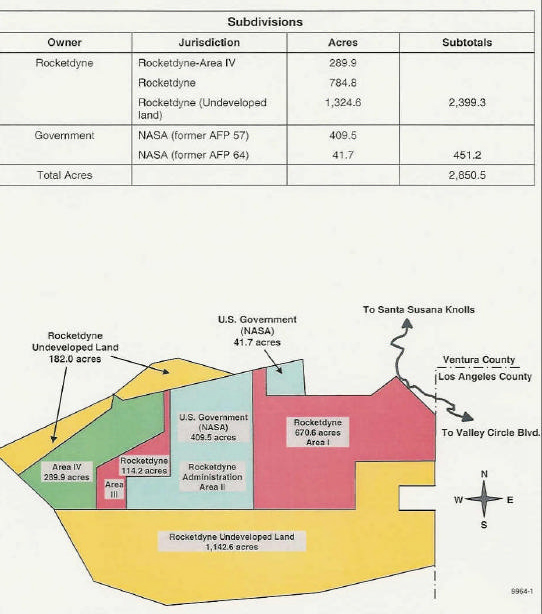
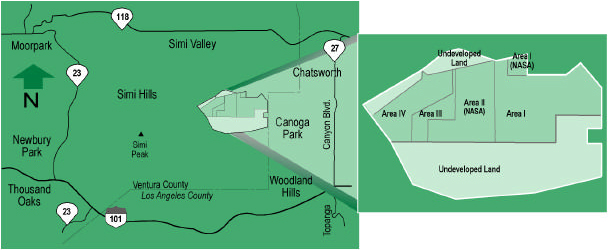
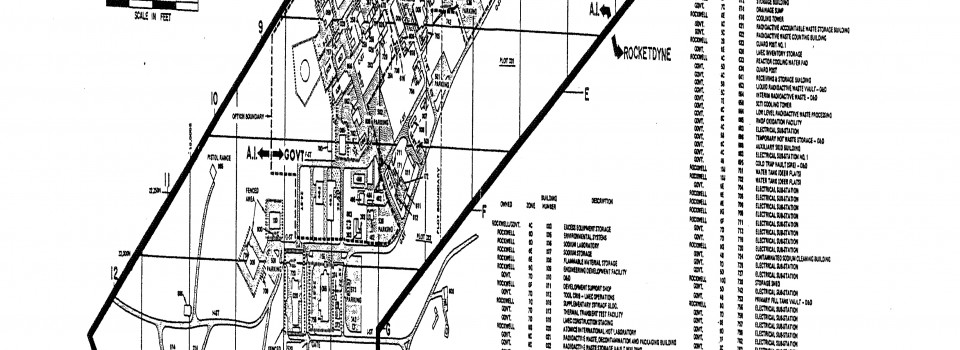
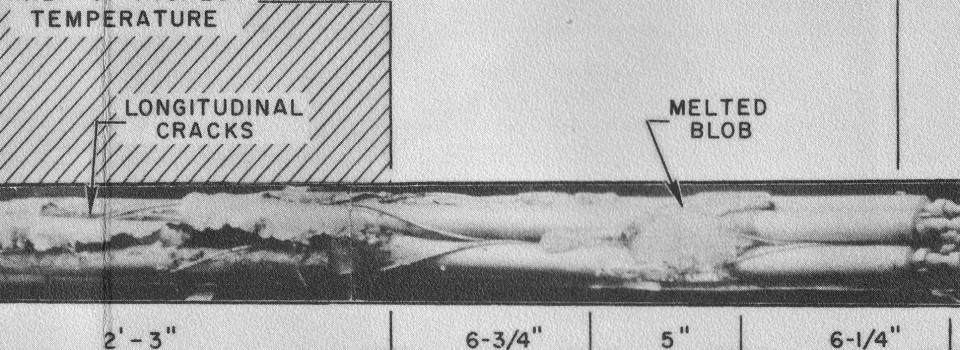

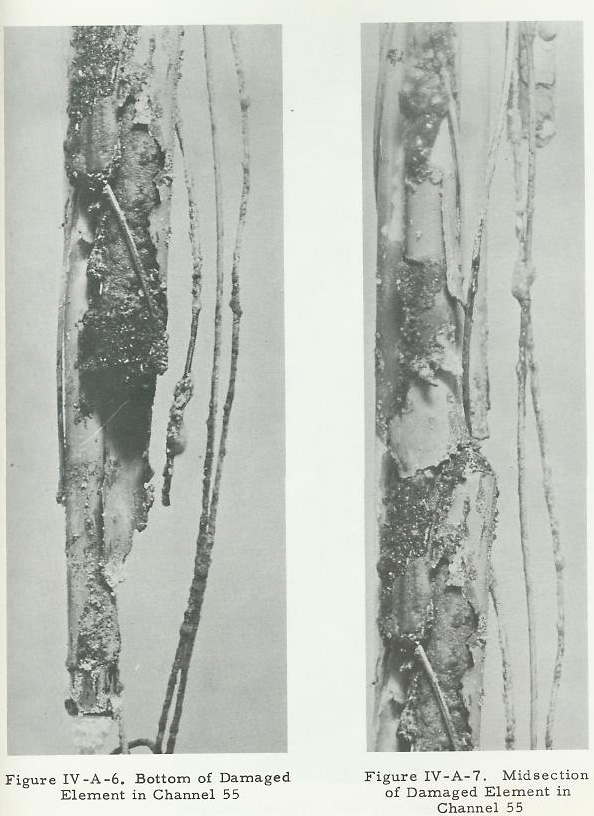
5 Replies to “The Santa Susana Field Laboratory”
Comments are closed.